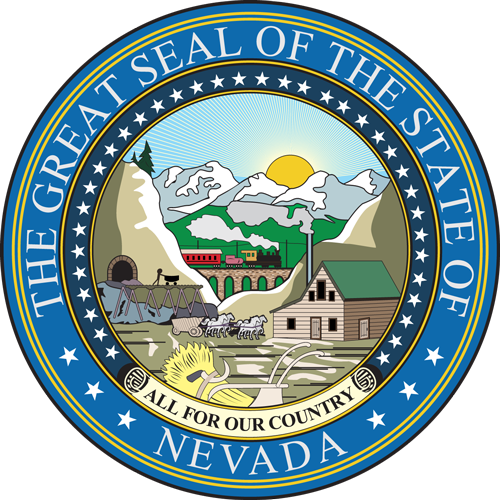Community Defensible Space
Community Defensible Space – By Dale Doerr, Past Member, Nevada State Board of Landscape Architects
As Nevada communities extend beyond urban boundaries into the surrounding rural and wild land areas the likelihood of buildings being destroyed by wildfires continues to grow. The primary fire concern relates to occupied homes, but also extends to all structures on a site. The type, amount, and maintenance of vegetation surrounding any structure is critical to prevent a fire from spreading. For Landscape Architects charged with protecting the health, safety and welfare of the public, following the practices of defensible space when designing landscapes is extremely important.
The idea of defensible space was developed in the 1980’s as a management tool to reduce the wildfire threat to homes. Given Nevada’s seemingly perpetual drought the principals of defensible space are even more important thirty years later. Vegetation growing near a home can have a huge influence on which homes survive and which do not. Besides property loss there is also a potential for loss of life in any wildfire situation, including the firefighters themselves. When a wildfire occurs the firefighters will first evacuate all residents for life safety. They will then assess which homes can be saved based on the house materials and defensible space in the landscape. If firefighters feel a home cannot be saved they will abandon it and move on to other homes that they can defend. In the Oakland Hills fire (2,449 homes destroyed and 25 lives lost) several years ago in California, a post fire data analysis revealed that the presence of improper ornamental vegetation surrounding houses was the second highest cause of structure loss. Because wildfires are so unpredictable the use of proper building materials and landscapes does not guarantee the house will not burn, but it does improve the odds.
Many of the existing residential developments surrounding Reno, Nevada have defensible space guidelines for landscaping that homeowners have followed. However, in many cases large native flammable vegetation has been allowed to take over large portions of their yards, resulting in potential increased fire intensity. Pruning, thinning and some native plant removal is an important part of defensible space planning. In an intense fire with wind, large embers are carried great distances and can be ignited by dead branches and dry understory materials. The interior of the house can catch fire by heat transfer through windows, or by embers entering through roof gables. There are distance guidelines available for both thinning and planting - they are dependent on surrounding vegetation, terrain and slope aspect.
Many homeowners sometimes clear a large area around their homes as a defensible space buffer. While this does offer initial protection, the cleared area is then subject to flammable weed growth such as cheatgrass, Russian thistle and medusahead grass. The area is also highly subject to both wind and water erosion, creating additional problems. A better approach is to thin the existing native shrubs (fuels reduction) and plant ornamentals in a 30 foot zone with rock mulch surrounding the home. The best plants in this zone are herbaceous, such as lawn, annuals and perennials. Plants with a high moisture content that are green and actively growing, and plants lacking flammable chemicals are the best selections. Shorter deciduous shrubs less than 2 feet tall are a better selection than taller evergreen shrubs. Tall evergreens such as junipers and cedars are the worst choice for any fire prone areas, since they contain flammable chemicals and dead needles. Avoiding tree plantings in front of large windows and large plant massing within a 30 foot zone at the house is also very important to keep fuels in check.
The University of Nevada has published a booklet titled "Choosing the Right Plants for Northern Nevada’s High Fire Hazard Area" as a part of the Living with Fire Program. The booklet outlines the principals of defensible space in more detail and lists recommended plants for Northern Nevada, some of which are applicable to Southern Nevada as well.
Resources for Landscape Architects:
https://extension.unr.edu/publication.aspx?PubID=2463
https://www.unr.edu/nevada-today/news/2019/atp-defensible-space
https://www.unr.edu/nevada-today/news/2019/atp-prepare-for-wildfire
https://naes.agnt.unr.edu/PMS/Pubs/2001-3318.pdf
Living with Fire Website: https://extension.unr.edu/program.aspx?ID=16
Choosing the right plants (Updated 2021): https://naes.agnt.unr.edu/PMS/Pubs/2007-3335.pdf
